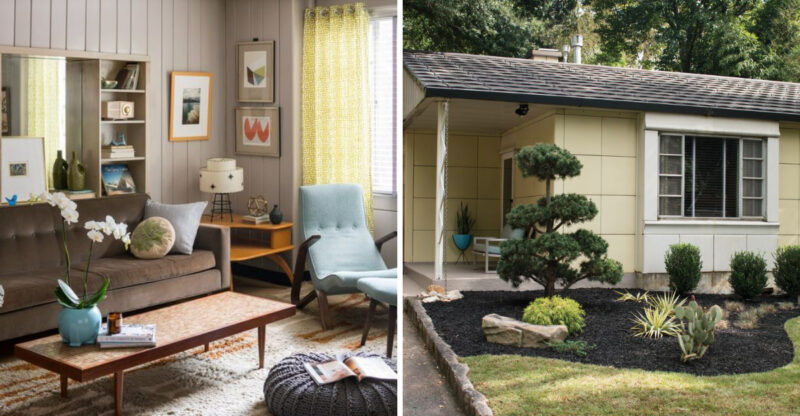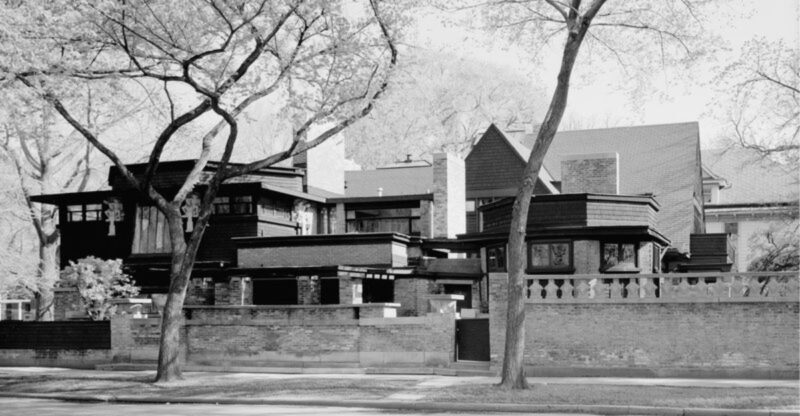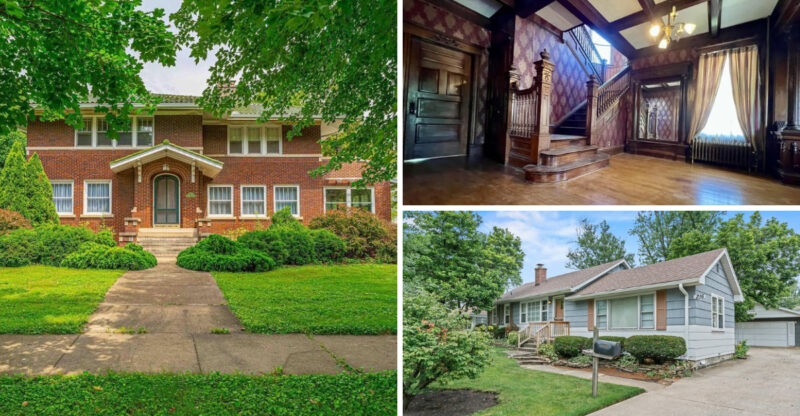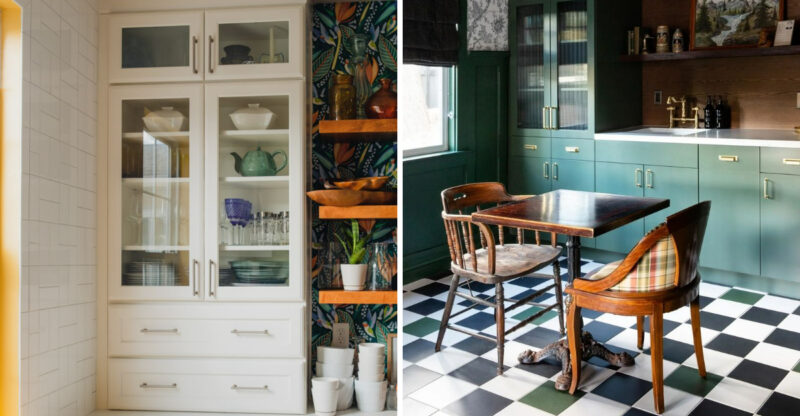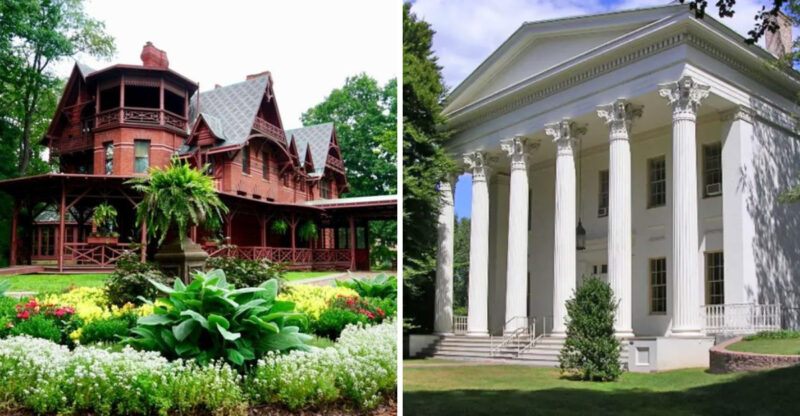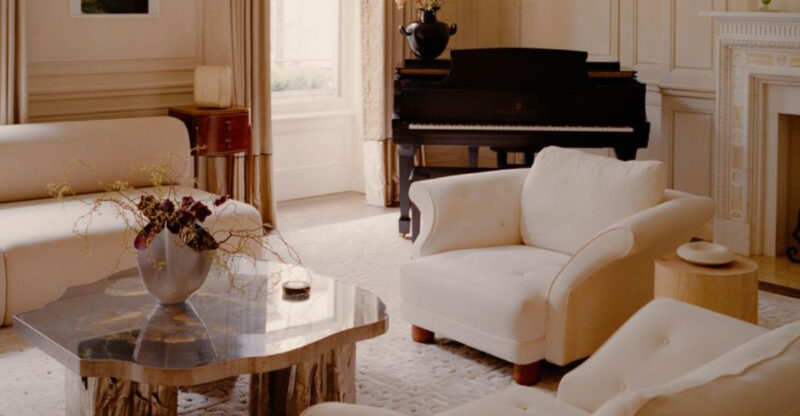16 Things To Know About Victorian Style Homes
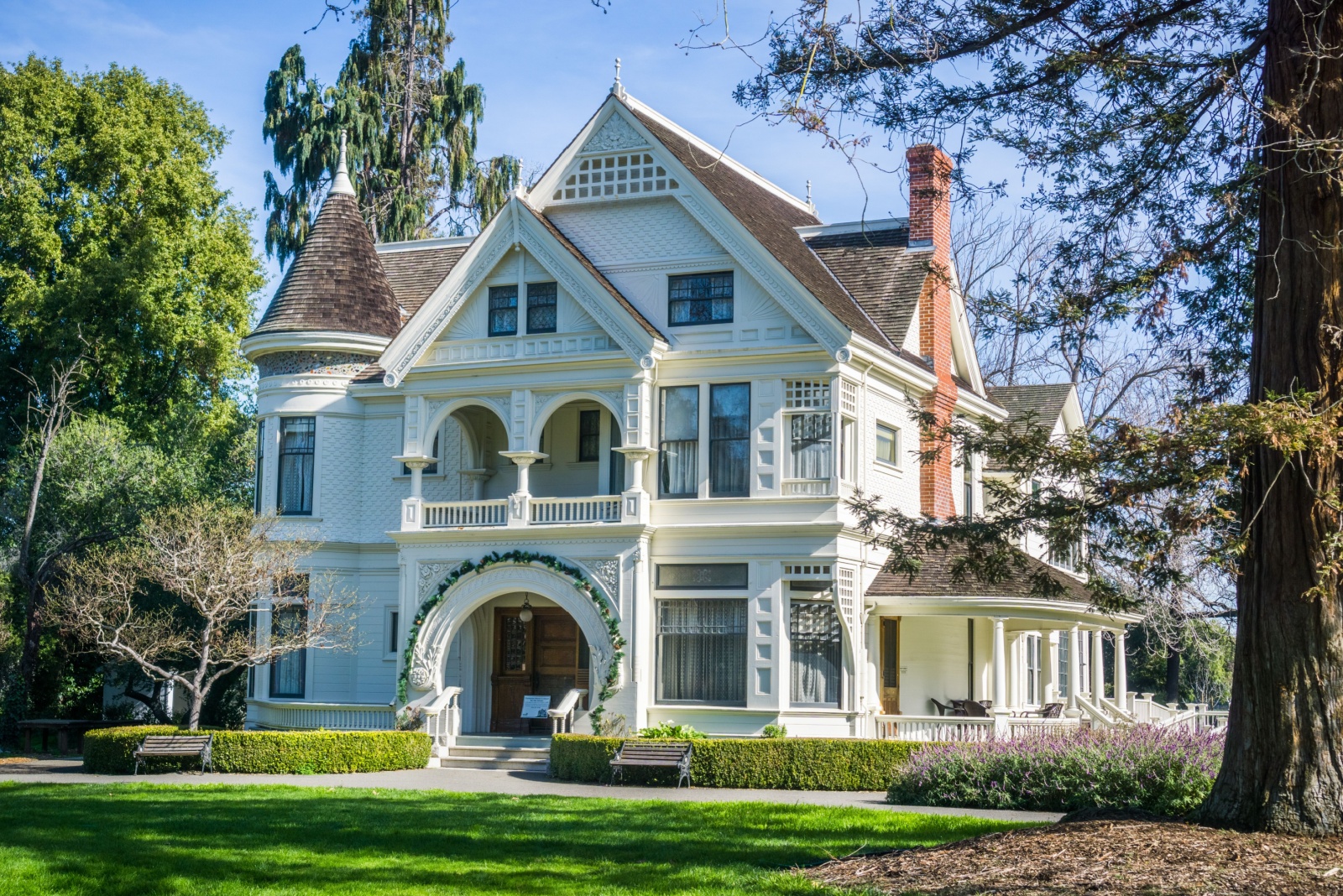
Ever passed a house with a turret, lace-like trim, and a porch that practically invites you in for tea? That’s the charm of a Victorian-style home, full of character, detail, and history.
Whether you’re considering buying one, renovating, or simply admiring from the sidewalk, understanding what makes these homes special helps you appreciate them even more. From steep gables to ornate woodwork, each feature tells a story of a time when craftsmanship reigned.
This article is for informational purposes and not intended as architectural or historical advice.
1. Ornate Trim That Tells Stories
Ever noticed how Victorian homes seem dressed up for a fancy party? The decorative trim around doors, windows, and rooflines isn’t just pretty, it’s a language of symbols. Some homeowners used specific patterns to showcase their wealth or interests.
Craftsmen spent weeks hand-carving these wooden masterpieces. My favorite trick is looking for hidden faces or animals in the designs.
Victorian trim transforms simple house corners into conversation pieces that bring history to life with every curve and cutout.
2. Gingerbread Woodwork That Wows
Hanging from eaves and adorning porches, this delicate woodwork earned its sweet nickname because it resembles the icing on gingerbread cookies. Skilled craftsmen used newly invented scroll saws to create these whimsical wooden lace patterns.
Though purely decorative, these elements give Victorian homes their fairytale charm. Nothing makes me happier than spotting a perfectly preserved gingerbread verge board!
The intricate patterns create beautiful shadow play throughout the day, making these homes feel magical even in ordinary light.
3. Rooflines That Reach For The Sky
Where modern homes play it safe with simple roofs, Victorians went wild with drama! Multiple steep gables create that distinctive silhouette you can spot from blocks away. These dramatic angles weren’t just for show, they created usable attic spaces.
Heavy snowfall slides right off these pitched roofs, making them surprisingly practical in northern climates. Looking at a Victorian home from the street, you might count three or four different roof sections.
This complexity creates the perfect canvas for decorative elements and those charming little windows that peek out like curious eyes.
4. Bay Windows That Create Magic
How wonderful to curl up with a book in a Victorian bay window! These architectural beauties push outward from the main structure, creating cozy interior nooks while adding dimension to exterior walls. Victorians loved these windows for capturing maximum natural light.
Bay windows typically feature three sides with large sash frames that often open for ventilation. My clients always fall in love with these spaces.
Whether used as reading corners, breakfast nooks, or plant havens, bay windows create those special moments where indoor comfort meets outdoor views. It’s truly the best of both worlds.
5. Stained Glass That Dances With Light
Though we associate stained glass with churches, Victorians brought this art form home! These colorful inserts transform ordinary windows into light shows that cast rainbow patterns across interior walls throughout the day.
Wealthy homeowners commissioned personalized designs featuring family crests or favorite flowers. Even modest Victorian homes often feature simple colored glass borders around main windows.
When restoring these homes, finding original stained glass is like discovering buried treasure. I’ve seen clients postpone entire renovations just to preserve a single stunning window with its original leaded panels.
6. Color Schemes That Break Rules
Forget subtle, Victorian homes were the original color enthusiasts! While we often picture them in whites and creams, authentic Victorian homes showcased bold color combinations that highlighted architectural details. Think deep purples paired with olive greens and gold accents.
The famous “Painted Ladies” of San Francisco demonstrate this perfectly with their multi-colored facades. My restoration clients are often shocked when paint analysis reveals the original vivid colors beneath layers of modern neutrals.
A true Victorian home might use four to seven different paint colors to emphasize various decorative elements, making today’s three-color schemes look positively restrained!
7. Wallpaper That Tells Tales
If walls could talk, Victorian ones would recite poetry! Their elaborate wallpapers featured everything from botanical illustrations to geometric patterns, often in rich, saturated colors. Different rooms showcased different patterns, dining rooms might display fruit motifs, while bedrooms featured calming florals.
Though we’ve simplified our walls today, Victorian pattern-layering is making a comeback. My favorite renovation discovery was finding seven layers of original wallpaper in a parlor, each telling a story about changing tastes across decades.
These patterned papers weren’t just decoration but conversation starters, showing off homeowners’ artistic sensibilities to everyone who entered.
8. Towers That Touch The Clouds
Where modern homes spread outward, Victorians reached upward with dramatic towers and turrets! These architectural showstoppers weren’t just for castles, they became defining features of Queen Anne style Victorian homes across America.
Inside these towers, you’ll typically find circular rooms with panoramic windows. Homeowners used these spaces as reading nooks, music rooms, or simply places to watch the world go by.
When house-hunting with clients, I’ve noticed those with towers always sell faster. There’s something irresistible about having your own fairytale tower where you can escape the ordinary and feel like royalty, even if just during your morning coffee.
9. Porches That Welcome Everyone
Victorian porches weren’t mere entryways but outdoor living rooms where families gathered and neighbors visited. Wrapping around corners or spanning entire facades, these generous spaces featured turned posts and delicate spindles that created visual rhythm.
Unlike today’s backyard-focused homes, Victorian life centered on front porches where people watched street activity and stayed connected to community. My renovation clients consistently report that their wraparound porch becomes their favorite “room” in summer.
These architectural transitions between public and private space perfectly balance grandeur with accessibility, inviting guests while providing shelter from both sun and rain.
10. Ceilings That Soar
Step into a Victorian home and your eyes immediately drift upward! Ceilings typically reach 10-14 feet high, creating an immediate sense of grandeur. These lofty heights weren’t just for show, they improved air circulation before air conditioning existed.
At the center of formal rooms, you’ll often find decorative ceiling roses surrounding light fixtures. These plaster medallions feature intricate floral or geometric patterns that frame chandeliers.
During summer renovations, I always remind homeowners why their high ceilings matter. They’re not wasted space but clever engineering that keeps rooms cooler naturally while providing the perfect canvas for architectural details that modern homes simply can’t accommodate.
11. Textured Exteriors With Character
Run your hand along a Victorian exterior and you’ll feel history! Unlike today’s smooth siding, these homes embrace texture through fish-scale shingles, clapboard, and decorative shingling patterns that create visual interest through shadow and light.
Different textures often highlight different architectural elements, smooth clapboard might cover the main walls, while decorative shingles adorn gables. This textural contrast makes Victorian homes feel alive and dynamic from every angle.
When restoring exteriors, I always encourage clients to maintain these textural differences rather than simplifying with uniform materials. It’s these varied surfaces that give Victorian homes their distinctive depth and character.
12. Windows That Frame Views
Tall and narrow, Victorian windows create a distinctive rhythm across facades while drawing the eye upward. Their proportions typically follow the golden ratio, a mathematical formula that creates naturally pleasing dimensions that simply feel right to the human eye.
These elegant windows often feature upper sashes with divided panes above single-pane lower sections. Though some find them old-fashioned, I’ve witnessed the transformation when period-appropriate windows replace modern replacements.
The entire house suddenly looks balanced again! Victorian windows weren’t just functional. They were carefully designed architectural elements that connected indoor spaces with outdoor views while maintaining perfect proportions.
13. Asymmetry That Surprises
Forget matching sides! Victorian architects embraced creative imbalance, placing windows, doors, and decorative elements wherever they pleased. This deliberate asymmetry gives these homes their playful, spontaneous character that continues to charm us today.
Where Colonial and Greek Revival styles emphasized perfect symmetry, Victorian designers broke free from these constraints. Walking through these homes feels like an adventure, you never know what architectural delight waits around each corner.
My restoration philosophy always honors this original asymmetry rather than “correcting” it to modern sensibilities. These balanced imbalances weren’t mistakes but conscious artistic choices that make Victorian homes eternally interesting.
14. Chimneys That Command Attention
Before central heating, fireplaces warmed Victorian homes, requiring multiple chimneys that architects transformed into decorative features. These weren’t simply functional smoke stacks but architectural statements topped with ornamental caps and finials.
Many Victorian homes feature elaborately patterned brickwork on their chimneys, creating vertical exclamation points against the sky. During renovations, I’ve discovered original chimney designs hiding beneath simplified modern coverings.
Though many no longer serve their heating purpose, preserving these ornamental chimneys maintains the authentic silhouette that makes Victorian homes instantly recognizable even from a distance.
15. Doors That Make Grand Entrances
First impressions mattered to Victorians! Their front doors weren’t merely functional but statements about the home and its owners.
Typically made from solid hardwoods like oak or mahogany, these substantial doors feature raised panels, decorative carvings, and often large glass inserts protected by ornamental grillwork.
Hardware wasn’t an afterthought, but jewelry for the door…brass knockers, ornate hinges, and decorative plates surrounding keyholes.
16. Staircases That Steal The Show
Victorian staircases weren’t mere connections between floors but architectural centerpieces! Typically positioned prominently in entrance halls, these grand staircases feature intricately carved newel posts, decorative balusters, and sweeping handrails crafted from rich hardwoods.
Unlike today’s often-hidden staircases, Victorians celebrated vertical movement through their homes. The staircase announced the homeowner’s status and taste to everyone who entered.
Though restoring these wooden masterpieces requires specialized craftsmanship, the investment preserves the home’s architectural heart. Truly, the feature that connects different levels both physically and visually.

